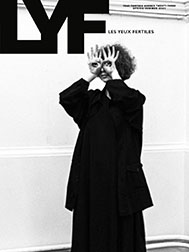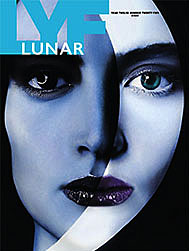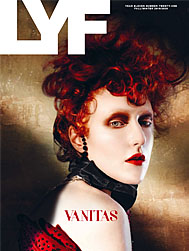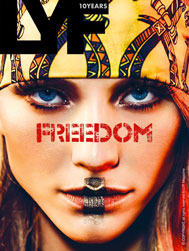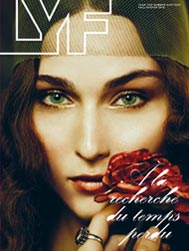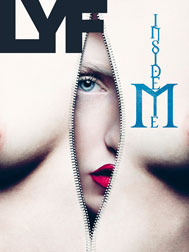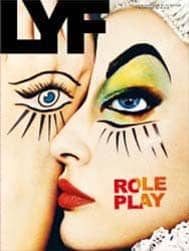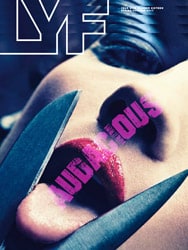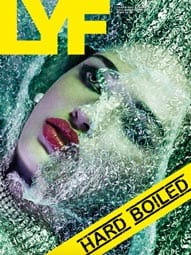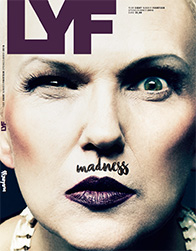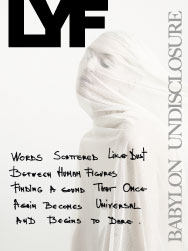AMY GLENN | A147G
Special thanks to Sergio Eusebi
A monochromatic palette, the beauty in all shades of black and grays, the dusty mystery of no color, of muted tones. Black is protection, sophistication, freedom, strength, attentiveness to simplicity. The glamorous aspect of dark, the noble, the elegant, not necessarily the wound of dark, yet that too is bound by the other. The masculine and feminine, a genderless silhouette. Each piece a canvas. Each piece created by hand, one at a time.
Inspiration comes from silence, from observing the architecture of the mind. Inspired by opposites and complements, the hard and the soft, closeness and distance, what can be heard and what is silence.
The sacred, rarity and refinement, the spectrum of the corridor of the senses and all sensibilities. The process of space, its limits, boundaries, resistance, the geometry within. The idea of the industrial and natural finding themselves. To deteriorate and unearth fibers, to decay, to sow new growth, layers and minimalism.
The idea of uniform, reversible, eccentricity, the intrigue of individuality.
The Object, the Accessory originates from a sculpture, a process of air, fire, water, wood, metal translated to be worn.
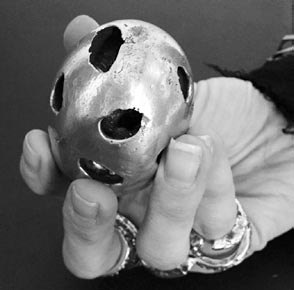

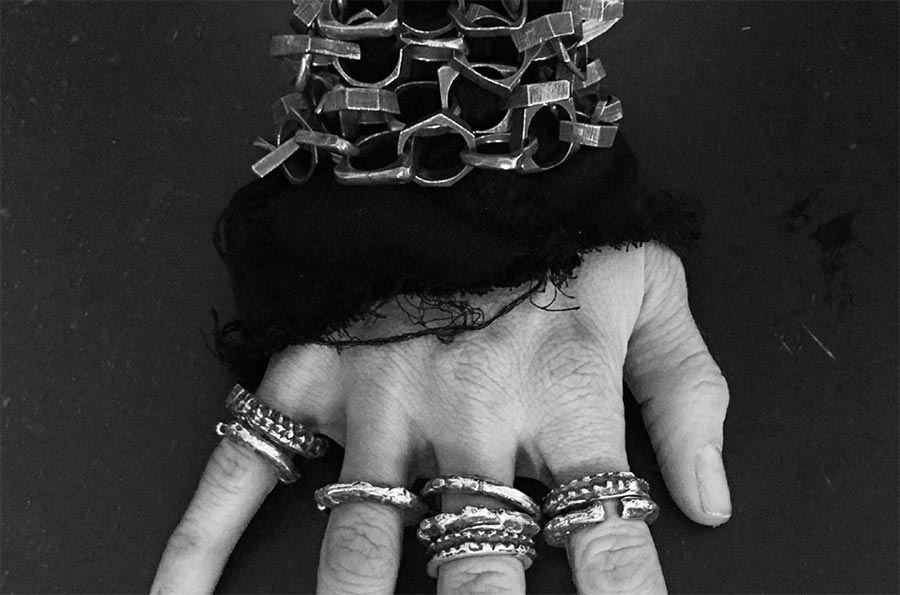
By Walid
There are too few personalities in fashion that bring that gorgeous old school chic to style nowadays, but British-Iraqi designer Walid Damirji is one of them. While others may strive for maximum exposure and the fast burn of celebrity, Walid – with his characteristic handworked ‘By Walid’ label and one of a kind ethos – knows every one of his ‘looks’ and can talk about items of his clothing like old friends. These are, if you like, anonymous heirlooms from history, modernised and reinterpreted by Walid. Travelling the world, collecting materials like an anthropologist gathers evidence of wild and wonderful things, he assembles his medley of rococo silks, belle epoque passementerie, box upon box of Whitby Jet, ancient cashmeres, workwear, schoolboy twills, 1920s linens, frothing reams of lace, recycled furs, 18th century ecclesiastical embroideries and Chinoiserie Spanish shawls.
‘By Walid’ is not for the person who wants to remain anonymous. But then, what good fashion is? His signature is distinctive and it is beloved by men and women of fashion; what he calls affectionately his ‘movers and shakers’. Because what Walid has done is to recreate the bond that used to exist between a customer and a designer, dressmaker or tailor. It is the opposite of anonymity and it is completely modern and contemporary because not only is the relationship between maker and customer implicit; he is, quite simply, in the vanguard of responsible fashion. In a time when disposable seasonal fashions ask to be replaced every few months, Walid’s one of a kind separates improve with age – the provenance of their cloth is prepared to absorb a new story. These are clothes that speak of craft, of history and of quality. It is the kind of luxury that sometimes money cannot buy.

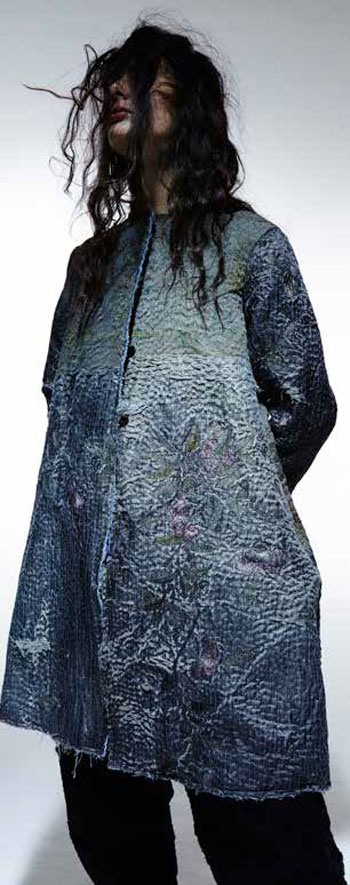
Biek Verstappen
From her little atelier in a 1895 warehouse in the center of Amsterdam, Biek Verstappen creates wearable cloths using only natural fibers as raw silk, camel, yak and wool from several breeds of sheep. During the whole process, from selecting the perfect Wensleydale curl to the dyeing of the fibers, she works solitary, relying on her instinct and enjoying the quietness, intimacy, peace and softness inherent to the material.
Getting to know the behavior of each type of fiber and playing with their features is what challenges her. By combining different breeds and sorts she creates a depth within the cloth. This gets magnified during dyeing, with each fiber reacting differently on the pigment. Eventually resulting in a three dimensional piece that reflects her emotions and roots, as well as the drama and capriciousness of nature’s origin.
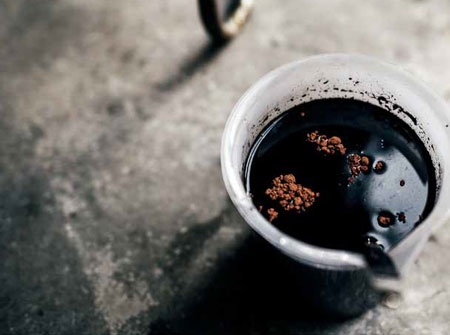
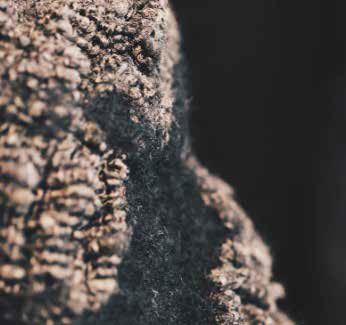
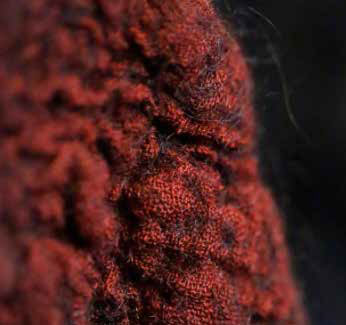
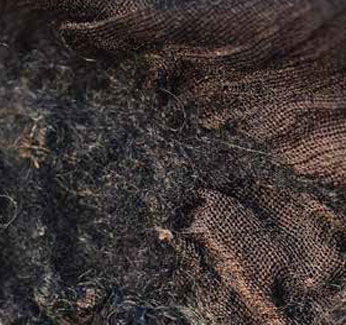
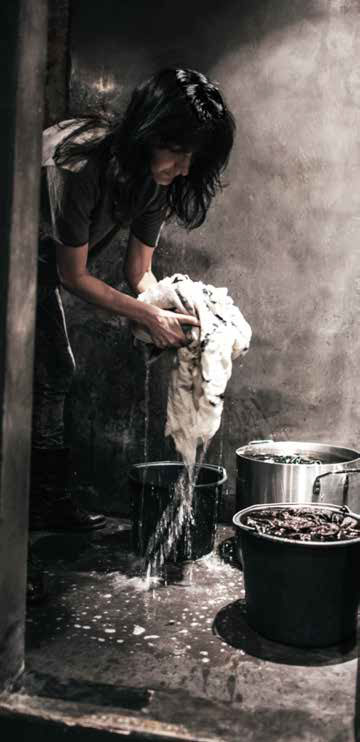
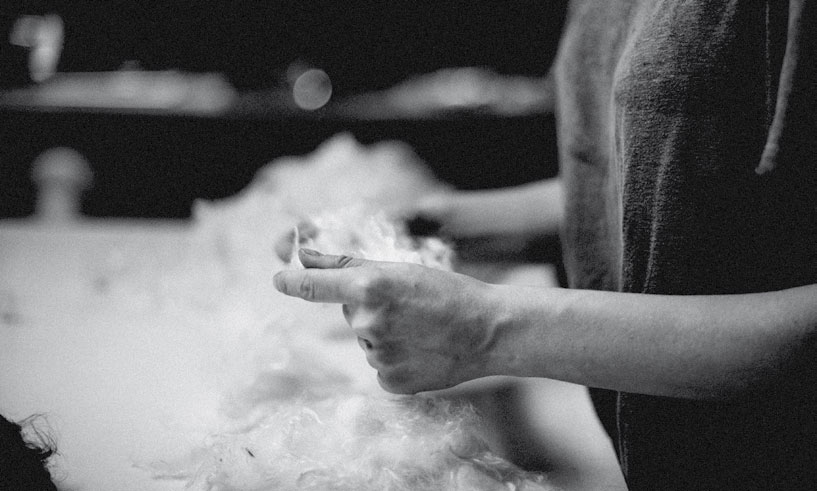
Hard Boiled in Art
by ERIC RONDEPIERRE
Eric Rondepierre is one of the most appreciated French artists, who began his career as an actor, then turned towards painting before taking up photography and its relation to cinema.
Since 1992 his practice has been articulated around the dynamic connection between these two media.
He selects and extracts frames from movies, expands them and turns them into photographs on which the grains of the film – matter remain visible. He rescues these fragments of movies from oblivion and gives them a new form, thanks to an operation of metamorphosis that changes their condition, trasmutes their status.
Once extracted and transformed into a photograph, the filmic images open towards new stories, towards a new time becoming an activator of the imaginary, of an independent and enigmatic life.
The filmic object, frozen by photography and raised to the dignity of image, indeed preserves a sort of deep mystery.
Like many photographers, Eric Rondepierre travels to find his images. And yet he is not a reporter—and hardly even a photographer in the traditional sense of the term. In his last works Rondepierre amalgamates together archive images from old beginning – of – the century movies and contemporary photographs shot by himself in his daily universe giving birth to images of great charm.
Photos courtesy of Galleria Paci contemporary (Brescia, IT)
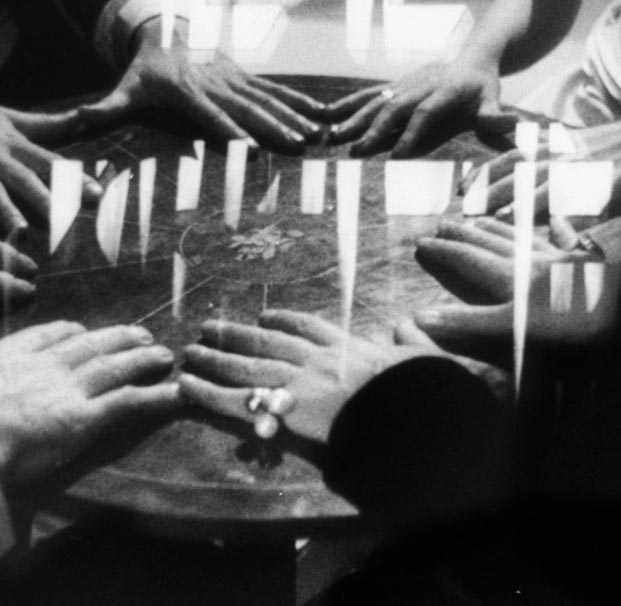
E. Rondepierre, “Film”, Mystère, 1993

E. Rondepierre, “Moires”, Le Trio, 1996-98
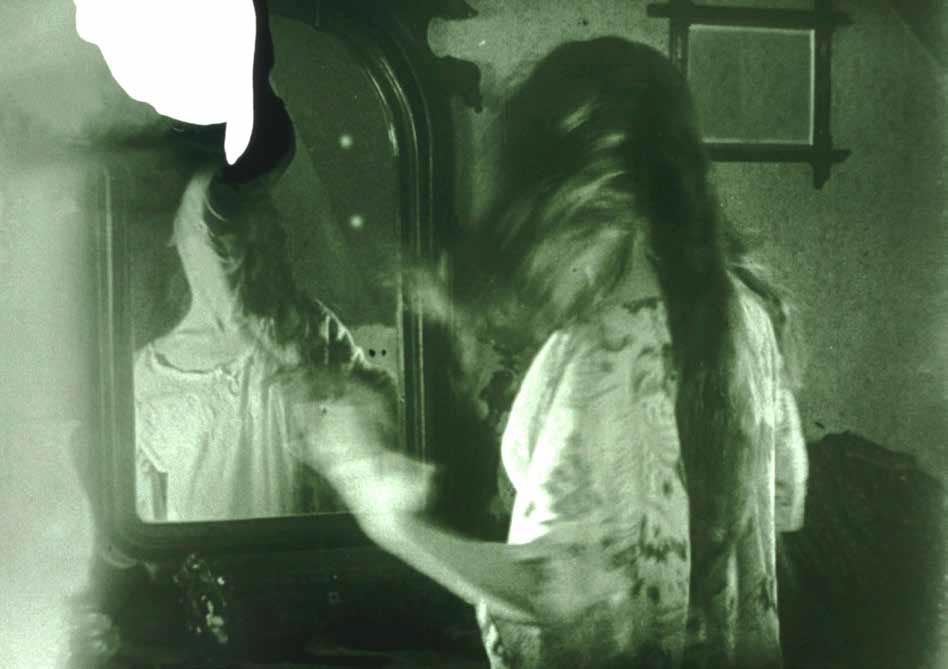
E. Rondepierre, “Moires”, 1996-98



